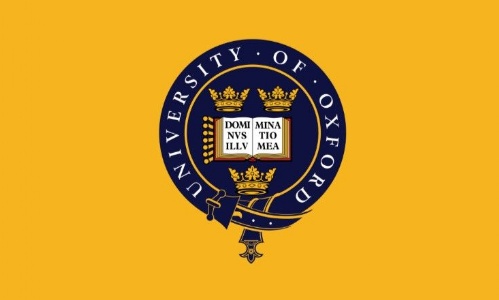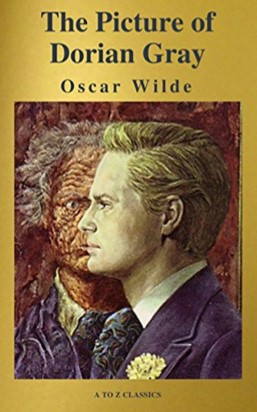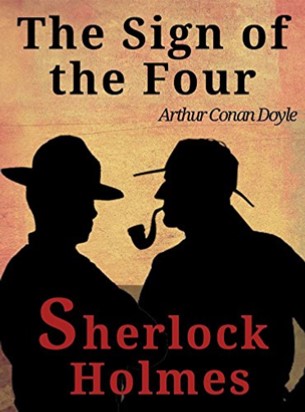The English Department celebrates International Women’s Day
International Women’s Day is celebrated on the 8th March. On that day, we celebrate the social, economic, cultural and political achievements that women have accumulated for decades. March 8th is a significant day for women as it reminds us of how everything began. Women’s Day started as a labour movement. In 1908, 15,000 women marched through New York City demanding shorter working hours, better pay and the right to vote. The Socialist Party of America declared the first National Woman's Day in 1909.
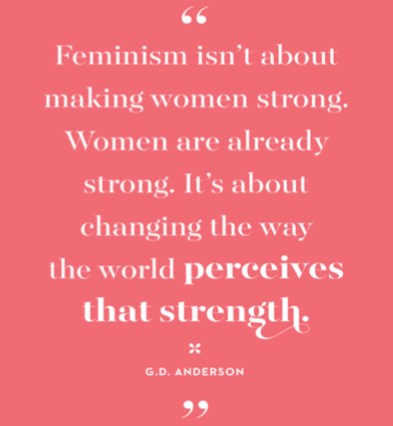 A few students were asked “What does International Women’s Day mean to you?” and these were the responses:
A few students were asked “What does International Women’s Day mean to you?” and these were the responses:
“International Women’s Day is not just about embodying the empowerment that being a woman creates. It is a day that brings a sense of proudness and joy in the realisation that women have come so far and will continue to do so. The day highlights our accomplishments no matter their race or sexuality or beliefs.” - Jada Asraf-Clarke, 12CSL
“International Women’s Day is a time for reflection of the past to see how far we have come since then. Additionally, it is a day of appreciation for Women, and a day to make ourselves known to struggles that women have had to face since they had no rights. However, there is still a lot that needs to be changed in regards to the gender gap, and equality in several countries around the world” - Oluwatofunmi Onakoya, 12CSL
to the gender gap, and equality in several countries around the world” - Oluwatofunmi Onakoya, 12CSL
“International Women’s Day is important for recognising the women in our society, and our world, and their value, which is often disregarded. It’s also quite sad because it highlights where we have failed to account for women and how we have to constantly remind ourselves to accommodate them. Its significance is twofold. On the one hand, it shows how we haven’t given enough thought to women, yet on the other hand, through acknowledging this, we are on the way to securing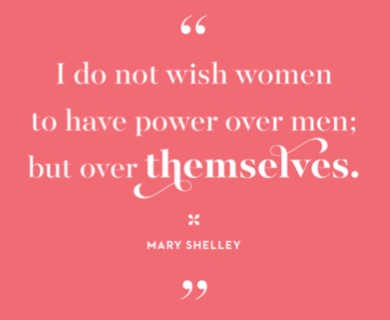 women’s rights and equality.” - Joy Hui,12JMB
women’s rights and equality.” - Joy Hui,12JMB
Black writers and their books for you to have on your reading list:
- I Know Why The Caged Bird Sings by Maya Angelou
- Noughts & Crosses by Malorie Blackman
- The Master’s Tools Will Never Dismantle the Master’s House by Audre Lorde
- The Color Purple by Alice Walker
- Swing Time by Zadie Smith
- Americanah by Chimamanda Ngozi Adichie
- Sister Outsider by Audre Lorde
Emily Falegan, English Prefect


